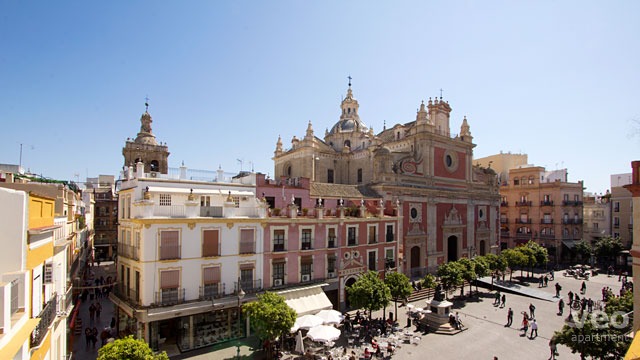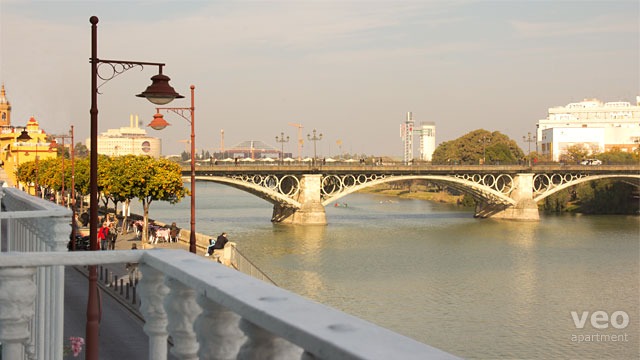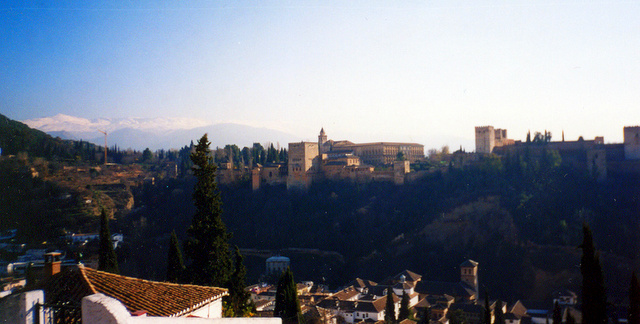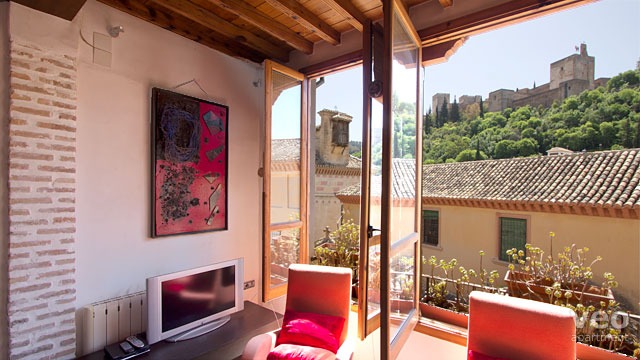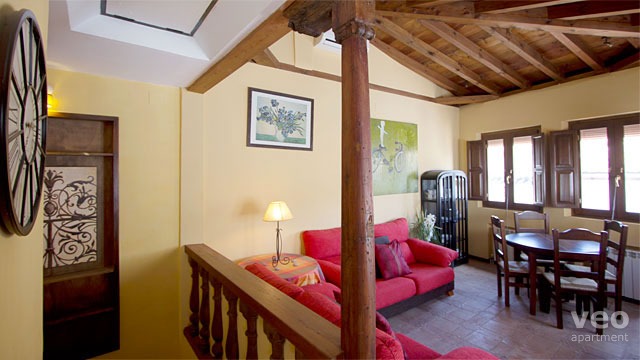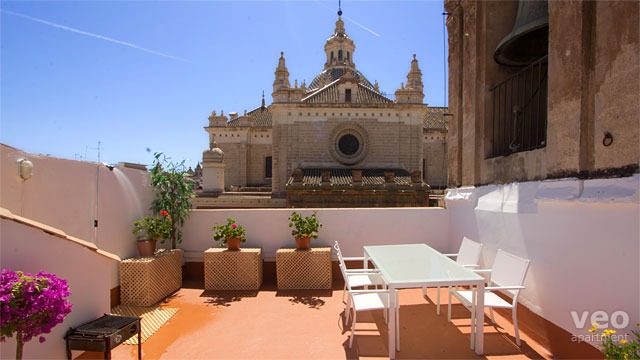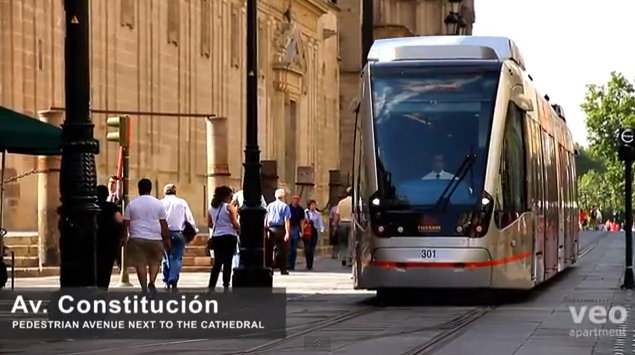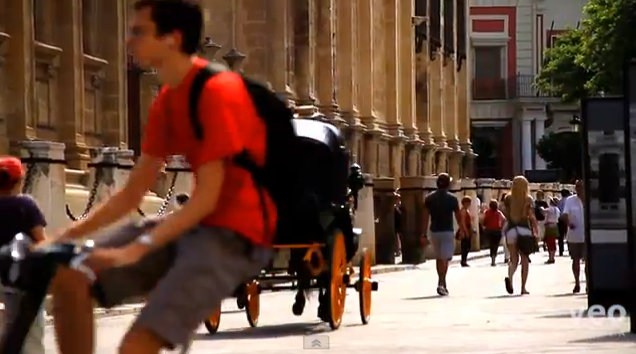Everyone “knows” that people from different countries have their own characters, quirks and foibles, but can you tell someone’s nationality by their choice of holiday apartment? Guess which apartment someone will choose by where they come from? Or is it all just nonsense and “pin the tail on the donkey”? We here at veoapartment have acquired considerable experience in the field, and while our research is still at a preliminary, “art rather than science”, stage, we think we can see some definite patterns emerging from the apparently random chaos.
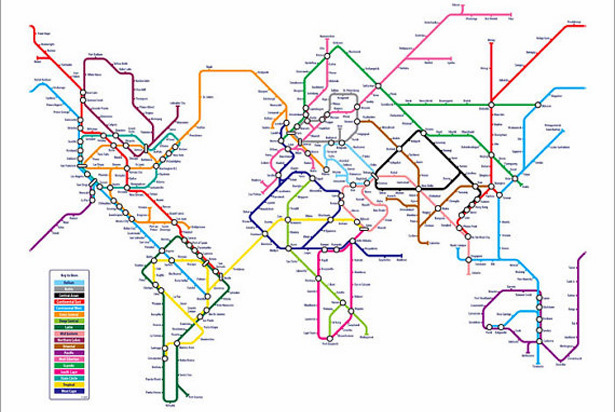
metro world map from artpause.com
Australians are a no-nonsense, down to earth people. They also have to come a long way, at great expense, to get here, so they need to stay a long time to make it worthwhile. Their principle requirements are therefore a washing machine, and a fridge for the VBs. Apartment Feria 1A
The French Every Frenchman thinks he’s a cordon-bleu chef who can cook better than any 5-star restauranteur, so a big kitchen with a gas burning stove and all the knives you can handle is absolutely essential. Apartment Gerona
Americans want the biggest of everything, and since the entire family have come to visit their child who is studying Spanish at Seville university, short of renting the Alcázar Palace they’ll go for an apartment like this one. Apartment Catedral Terrace
The British never see the sun for more than 5 minutes at a time at home, so will want to make the most of a holiday in Seville by renting an apartment with a roof terrace. If it has a view of the cathedral so they don’t have to interrupt their sunbathing to see it, so much the better. Yorkshiremen will also need somewhere to keep the whippet. Apartment Pajaritos B
The Japanese will want somewhere close to all the sights so they can be visited with maximum efficiency, as well as being handy for the shops. Apartment Salvador Terrace
The Germans are looking for something that’s not German. Will choose an apartment in an authentic neighbourhood like the Macarena or Alameda. Apartment Relator 1
The Irish Flying Ryanair leaves them with extra cash to splash out on somewhere upmarket with lots of space. Apartment Mariscal 4
The Scandinavians need somewhere with lots of wood and hi-tech bathrooms to stop them pining for the fjords. Apartment Santa Paula Loft
The Dutch Rent an apartment because you can’t park a motorhome in the city centre. They will choose somewhere compact and cosy. Apartment Teodosio 1
Would you like to add to our list?
